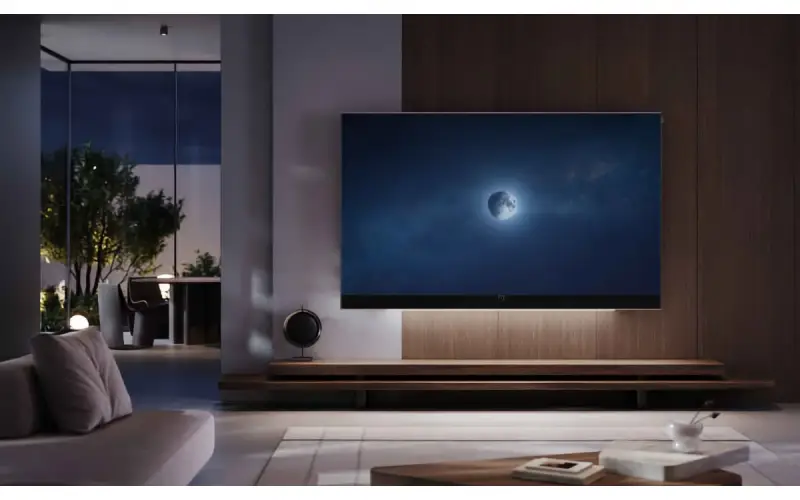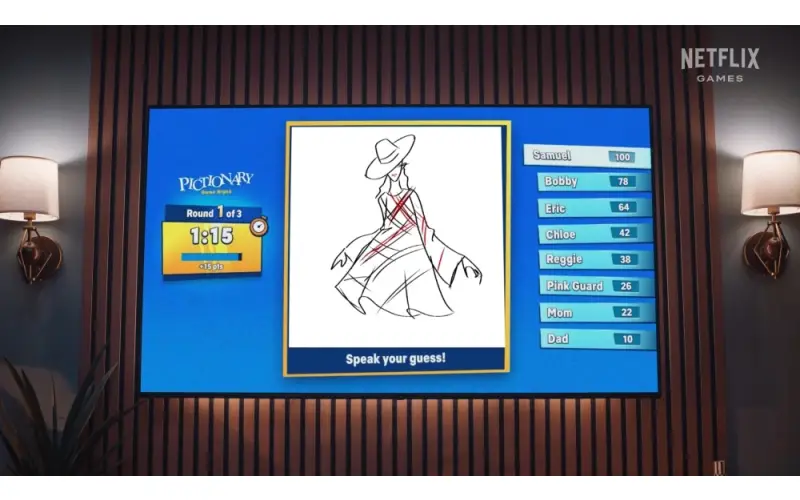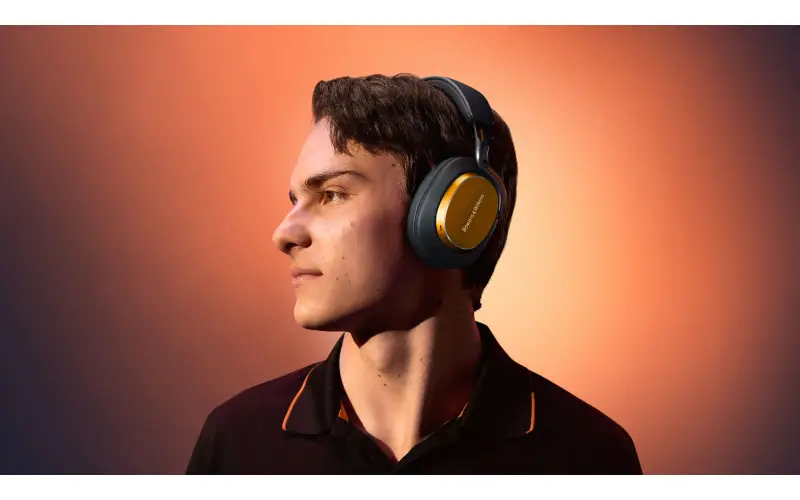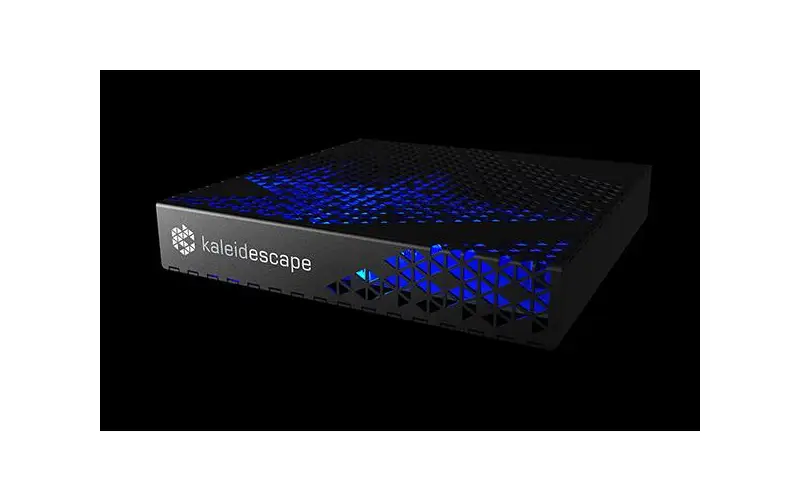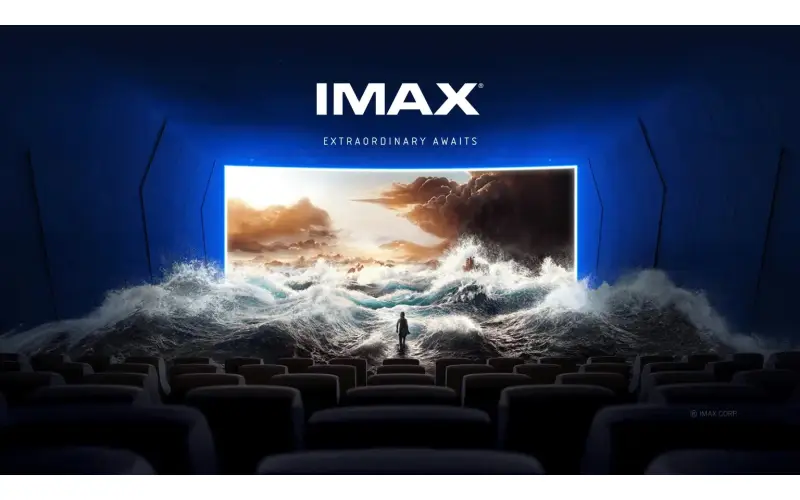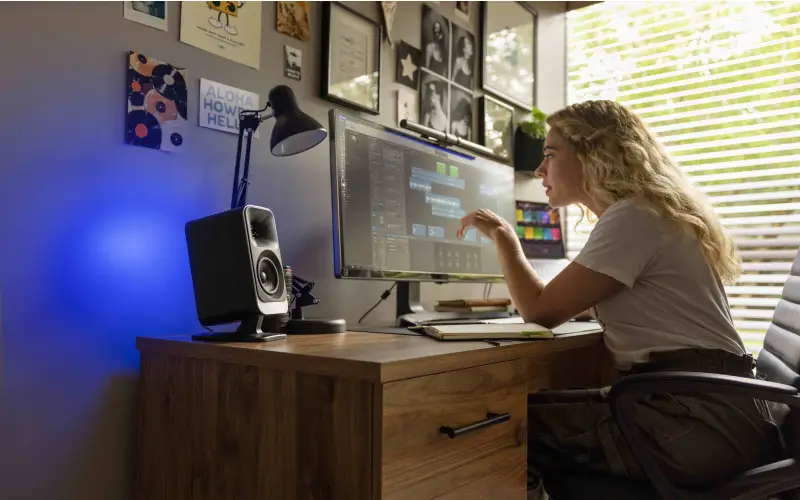By: Dipin Sehdev
In a world where technological advancements redefine consumer expectations at breakneck speed, the announcement of Loewe's 97-inch Stellar OLED TV feels less like a pioneering leap and more like a high-priced anachronism. While Loewe touts its latest offering as the pinnacle of luxury home cinema, the reality for the discerning tech enthusiast is stark: this €29,999 (~35,000/£26,000/AU54,000) behemoth is a prime example of a product no one asked for, offering minimal innovation at an exorbitant cost, especially when value-driven giants like Hisense, TCL, and Samsung are delivering comparable or even larger displays for a mere fraction of the price.
The Elephant in the Living Room: Unjustifiable Pricing
Let's address the elephant in the room: the price. At nearly €30,000, the 97-inch Stellar enters a market segment that is increasingly saturated with high-quality, large-format televisions from mainstream manufacturers at significantly more accessible price points. Consider Hisense, a brand that has rapidly carved out a niche for itself by offering exceptional value. Their 100-inch U8 Series Mini-LED ULED 4K UHD Google Smart TV (100U8K) can be found for around $2,800. That's a 100-inch display with Mini-LED backlighting, offering incredible brightness and contrast, for roughly one-tenth the cost of the Loewe Stellar.
TCL, another formidable contender in the value-driven large-screen market, offers their 98-inch Class XL Collection 4K UHD QLED Google TV (98R754) for approximately $6,000. Samsung, a premium brand synonymous with cutting-edge display technology, has their 100-inch Class Neo QLED 4K QN80F Smart TV (2025) available for around $6,000. These are not budget basement options; these are high-performance televisions leveraging advanced QLED and Mini-LED technologies, delivering stunning picture quality and expansive viewing experiences without requiring a second mortgage.
Even within the OLED sphere, the Loewe Stellar 97's pricing strategy raises eyebrows. LG, the undisputed leader in OLED panel manufacturing, offers its own 97-inch OLED models at a similar price point, around $30,000. However, LG’s offerings often represent the cutting edge of OLED technology, frequently integrating features like their Brightness Booster Max or advanced processing. Loewe, while sourcing its panels from LG Display, simply can't justify a price matching LG's flagship when its own implementation lacks the very latest in OLED panel technology (more on that below) and relies on borrowed smart platforms.
This disparity in pricing highlights a critical misstep. In today's competitive landscape, "luxury" needs to be backed by tangible, groundbreaking innovation, not just a hefty price tag and a concrete back panel.
A Patchwork of Borrowed Tech: Innovation or Imitation?
Loewe prides itself on its German engineering and assembly, but a closer look at the 97-inch Stellar reveals a television that heavily leans on existing technologies from other manufacturers, rather than pushing the boundaries itself. The core of the display, a 4K WOLED panel, is sourced from LG Display. While Loewe states it "adjusts the manufacturing process to suit its high standards," this is essentially a customization of an open-cell panel, not a fundamental reimagining of OLED technology.
Furthermore, the smart platform running the show appears to be Hisense's Vidaa OS, with Loewe's os9 platform layered on top. This is a perplexing choice given that Loewe's smaller Stellar models reportedly run Samsung's Tizen OS. The lack of consistency across their own flagship line, and the reliance on a third-party OS (even if customized), underscores a reactive approach rather than a proactive, integrated development strategy. While Vidaa OS offers a wide range of streaming services and cloud gaming, it’s hardly a unique selling proposition for a €30,000 television. In an age of seamless ecosystems and proprietary smart experiences from major players like Samsung's Tizen, LG's webOS, and Sony's Google TV, Loewe's cobbled-together solution feels uninspired.
The "magic.light" system, described as an ambient light bar, further exemplifies this trend of pulling from existing concepts. While it offers customizable colors and welcome/goodbye animations, it explicitly does not react to on-screen content, unlike Philips' well-established and dynamically impressive Ambilight system. This makes Loewe's "innovation" feel like a watered-down imitation rather than a genuine advancement.
Missing the Mark: The Lack of True OLED Innovation
One of the most glaring omissions in the 97-inch Stellar is the absence of Micro Lens Array (MLA) OLED technology. While Loewe's smaller Stellar models boast MLA panels, the company acknowledges that MLA panels simply do not exist at the 97-inch size. This means consumers are paying a premium for a display that utilizes a standard WOLED (OLED EX) panel – the same technology found in LG's 2023 G3 OLED TV.
In a rapidly advancing display market, where QD-OLED is already delivering superior color volume and brightness, and LG's next-generation RGB Tandem OLED panels are on the horizon, launching a flagship 97-inch OLED without the very latest panel technology feels like a significant oversight. For a product positioned as "premium" and "luxury," falling behind on the core display innovation is inexcusable. It's a clear indication that the company is struggling to keep pace with the rapid advancements of larger manufacturers.
The quoted peak brightness of "up to 1100 nits" for the 97-inch Stellar, while respectable for a WOLED panel, is increasingly being surpassed by Mini-LED and even newer OLED technologies. High-end Mini-LED TVs from Hisense and Samsung are already pushing brightness levels significantly higher, offering a more impactful HDR experience, particularly in brighter viewing environments.
The Looming Shadows: RGB-LED and Micro-LED on the Horizon
The timing of the Loewe Stellar 97's launch is particularly unfortunate, as the television industry is on the cusp of significant breakthroughs that threaten to overshadow traditional OLED technology, especially in larger formats.
RGB-LED (or RGB Mini-LED): This emerging display technology, which uses independent red, green, and blue LEDs for each pixel, promises to deliver even higher brightness, wider color gamuts, and potentially lower power consumption than current Mini-LED and OLED solutions. Companies like Sony and TCL are already showcasing impressive prototypes, with Sony unveiling proprietary RGB LED technology that boasts over 4,000 nits peak brightness and superior color accuracy. While mass production for RGB-LED TVs is still a year or two away, with some estimates suggesting late 2025 or 2026 for consumer availability, its imminent arrival casts a long shadow over the future of large-format WOLED. The advantages of RGB-LED in terms of brightness and the absence of burn-in risk could make it a formidable competitor, particularly for those seeking the ultimate bright-room viewing experience.
Micro-LED: This self-emissive technology, often hailed as the true successor to OLED, offers pixel-level control, infinite contrast, and even higher brightness levels without the risk of burn-in. While Micro-LED currently remains prohibitively expensive and largely confined to ultra-premium, modular installations, advancements are occurring rapidly. The cost barriers are slowly, but surely, coming down, and as manufacturing processes mature, Micro-LED could become a viable option for large-screen consumer televisions. If Micro-LED achieves even a fraction of the cost reduction seen in OLED over the past decade, larger OLEDs like the Loewe Stellar 97 could be dead on arrival, rendered obsolete by a superior technology that offers all the benefits of OLED and more. The current status of Micro-LED is still in its preliminary stages for commercial TV production, with very few units sold, but the long-term potential is undeniable.
Specs, Pricing, and Availability
Loewe 97-inch Stellar OLED TV
-
Display Technology: 97-inch 4K WOLED (OLED EX) display panel from LG Display. Note: Does not feature MLA OLED found in smaller Stellar models due to panel availability at this size.
-
Resolution: 3840 x 2160 (4K UHD)
-
Peak Brightness: Up to 1100 nits
-
HDR Support: Dolby Vision IQ, Multi-HDR
-
Smart Platform: Loewe os9, based on Hisense's Vidaa U9 (supports Netflix, Disney+, Apple TV+, Blacknut, Boosteroid, AirPlay, Miracast, Matter compatibility).
-
Audio: Integrated 300W sound system with Dolby Atmos. Can function as a center channel.
-
Design: Premium aluminum chassis, brushed aluminum bezel, concrete rear panel, concealed connection panel with cable management, hidden wall-mounting bracket, "magic.light" ambient lighting system (non-reactive). Awarded iF Design Award and Red Dot Design Award for 2025.
-
Connectivity: HDMI 2.1 support (number of ports not explicitly stated for 97-inch model but smaller models have HDMI 2.1), 144Hz VRR (for smaller models, assumed for 97-inch).
-
Other Features: Art Mode, AI-backed content recommendations, AI comfort features, 1TB SSD for recording (Stellar dr+ model).
-
Pricing: €29,999 (approximately 35,000/£26,000/AU54,000). Matches LG's 97-inch OLED TV pricing in Europe.
-
Availability: Available from November 2025 in Europe, the UK, and Australia at selected specialist retailers. US availability yet to be confirmed.
The Verdict: A Premium Price for Yesterday's Tech
The Loewe 97-inch Stellar OLED TV, while undeniably a visually striking piece of hardware with its luxurious build and design accolades, struggles to justify its astronomical price tag in the current technological climate. It arrives without the latest OLED panel advancements (MLA), relies on a third-party smart platform, and faces stiff competition from equally large, high-performing Mini-LED and QLED TVs that cost a mere fraction of the price from companies like Hisense, TCL, and Samsung. Even premium brands like LG and Sony offer much better value for their large-screen, cutting-edge displays.
In a market on the cusp of potentially revolutionary shifts with RGB-LED and Micro-LED technologies emerging, the Loewe Stellar 97 feels less like a vision of the future and more like a testament to outdated luxury. At best, it's a niche product for those with an unlimited budget who prioritize industrial design over bleeding-edge display technology and practical value. For everyone else, it's a perfect example of something that the market isn't asking for, with no real innovation on OLED technology, and at worst, a cynical money grab.
